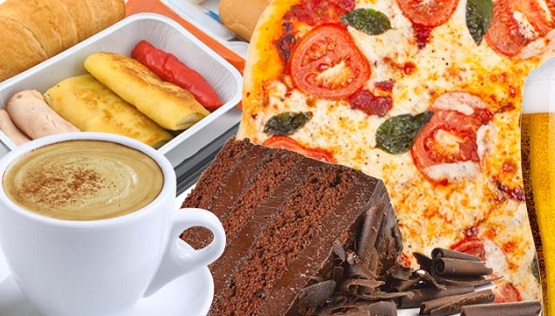- Home REN
- Home
-
Shop
-
Industries
- Processes
- Gases and Equipment
-
Services
-
Safety
-
Contact & Support
-
News & Media
- Agent Finder
The role of gas in food and beverages
Medical oxygen delivery is moving into the 21st century thanks to a new oxygen therapy technology that relies on automatic oxygen titration. The innovation helps ensure safe and precise oxygen delivery at a time when COVID-19 patients have put an additional strain on hospital resources.
A beer after work
If you drink draught beer, gas is involved. A perfectly barrelled beer needs a special combination of carbon dioxide and nitrogen to ensure that the carbonation is just right. Carbon dioxide provides the right level of carbonic acid, while nitrogen presses the beer out of the barrel so it can be poured into a glass.
Chill out with a pizza
When you‘re feeling lazy and want something simple to eat, a frozen pizza can be a tempting choice. Cryogenic freezing agents are used along with carbon dioxide and nitrogen to maintain the consistency and taste of frozen pizza. The pizza is quick-frozen to seal in the taste of the dough, crust and topping.
Text: Cecilia Rudengren
Foto: Shutterstock
